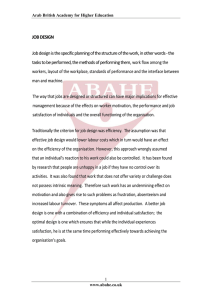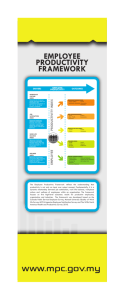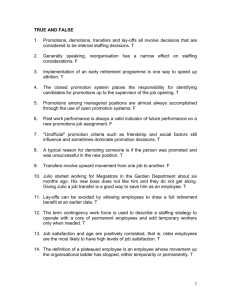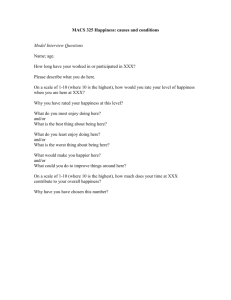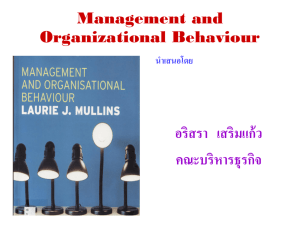What is employee engagement
advertisement
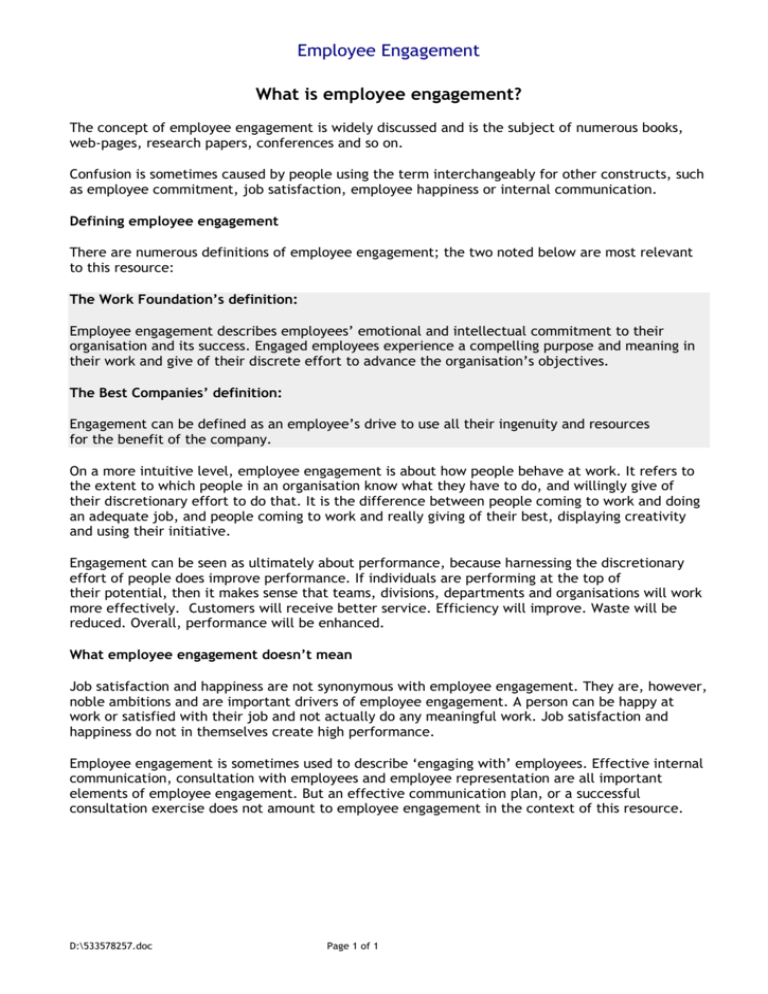
Employee Engagement What is employee engagement? The concept of employee engagement is widely discussed and is the subject of numerous books, web-pages, research papers, conferences and so on. Confusion is sometimes caused by people using the term interchangeably for other constructs, such as employee commitment, job satisfaction, employee happiness or internal communication. Defining employee engagement There are numerous definitions of employee engagement; the two noted below are most relevant to this resource: The Work Foundation’s definition: Employee engagement describes employees’ emotional and intellectual commitment to their organisation and its success. Engaged employees experience a compelling purpose and meaning in their work and give of their discrete effort to advance the organisation’s objectives. The Best Companies’ definition: Engagement can be defined as an employee’s drive to use all their ingenuity and resources for the benefit of the company. On a more intuitive level, employee engagement is about how people behave at work. It refers to the extent to which people in an organisation know what they have to do, and willingly give of their discretionary effort to do that. It is the difference between people coming to work and doing an adequate job, and people coming to work and really giving of their best, displaying creativity and using their initiative. Engagement can be seen as ultimately about performance, because harnessing the discretionary effort of people does improve performance. If individuals are performing at the top of their potential, then it makes sense that teams, divisions, departments and organisations will work more effectively. Customers will receive better service. Efficiency will improve. Waste will be reduced. Overall, performance will be enhanced. What employee engagement doesn’t mean Job satisfaction and happiness are not synonymous with employee engagement. They are, however, noble ambitions and are important drivers of employee engagement. A person can be happy at work or satisfied with their job and not actually do any meaningful work. Job satisfaction and happiness do not in themselves create high performance. Employee engagement is sometimes used to describe ‘engaging with’ employees. Effective internal communication, consultation with employees and employee representation are all important elements of employee engagement. But an effective communication plan, or a successful consultation exercise does not amount to employee engagement in the context of this resource. D:\533578257.doc Page 1 of 1



